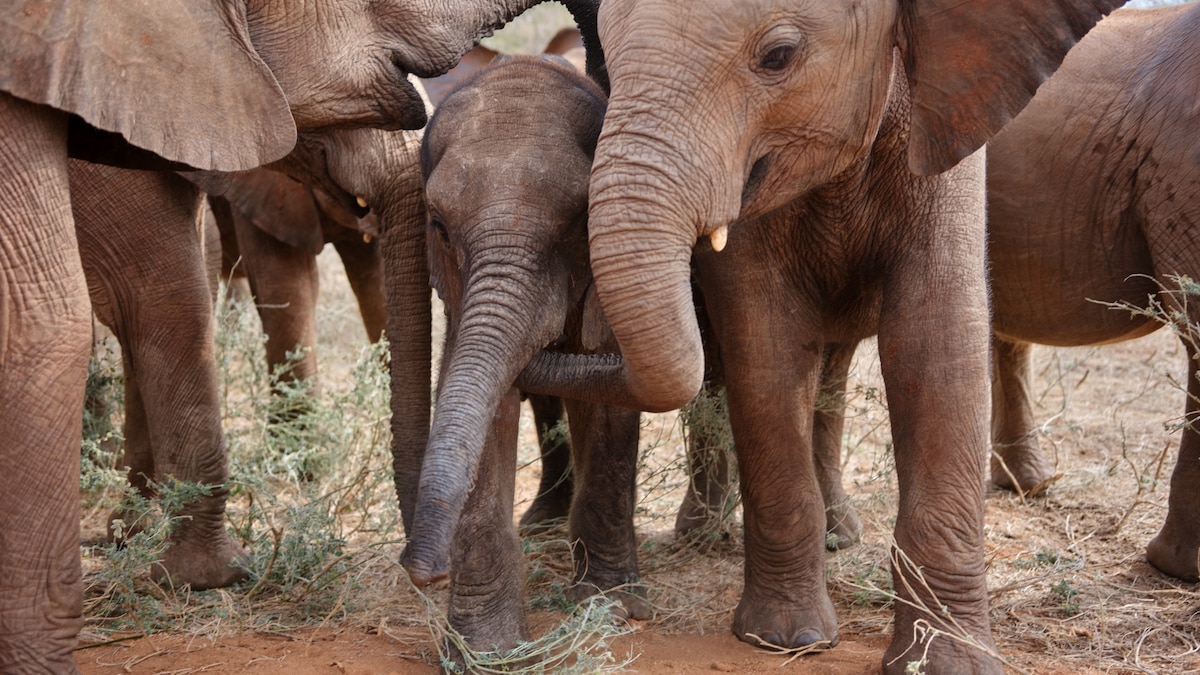Now Reading: Elephant Mothers Find Support in Caring ‘Nannies
-
01
Elephant Mothers Find Support in Caring ‘Nannies
Elephant Mothers Find Support in Caring ‘Nannies

Quick Summary
- In December 2023,a young African elephant separated from her herd in Kenya’s Samburu National Reserve returned a month later with two unrelated females-one of whom had a newborn calf.
- The returning elephant assumed the role of “nanny,” helping the inexperienced mother raise her calf. This phenomenon, known as “allomothering,” is common in elephant societies.
- Young female elephants often serve as nannies to calves, comforting them and gaining parenting experience while assisting mothers. Most nannies are under 15 years old and have not given birth themselves.
- Elephant nannies provide emotional support by greeting, touching, and nurturing distressed calves during difficult situations such as separation or injury.
- Female elephants collectively defend calves in high-stress situations by forming protective circles around them during emergencies (e.g., earthquakes).
- Calves interact extensively with their nannies through play and comfort-seeking behaviors such as allosuckling. These interactions help build their confidence toward eventual independence.
Images Featured:
- Elephant matriarch followed by calves: By Michael Nichols
- Juvenile elephant playing in river: By Michael Nichols
- Two African elephant calves playing near adult: By beverly Joubert
- Young elephant raising trunk: By Beverly Joubert
- Newborn sleeping under mother’s shade: by michael Nichols
- Female caring for orphaned calves stepping into muddy water: By Michael Nichols
Indian Opinion Analysis
This story illustrates the incredible social structure within elephant communities, emphasizing cooperative caregiving and herd dynamics that parallel human family systems at times. These behaviors reflect broader lessons about interdependence across species-a concept deeply rooted in Indian value systems like “Vasudhaiva Kutumbakam” (the world is one family),which highlights mutual care within communities.
For India specifically-where elephants play significant cultural roles-it offers insights into further conservation efforts essential for preserving these majestic creatures’ habitats and social behaviors under threat from urbanization, deforestation, poaching, or climate change impacts. Understanding their complex social networks could strengthen projects centered on biodiversity protection while inspiring empathy-driven ecological policies.
Moreover, recognizing roles like allomothers can enrich educational outreach tied to India’s wildlife tourism sector-which often emphasizes experiences with native Asian elephants-and promote cross-species ethical stewardship globally.




























